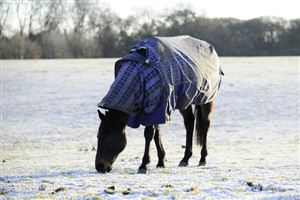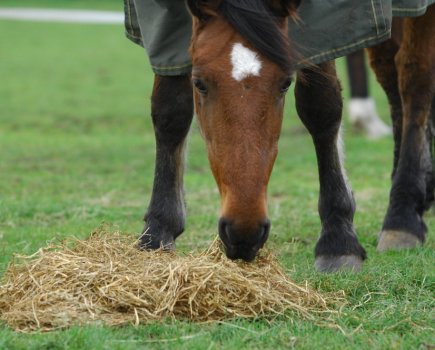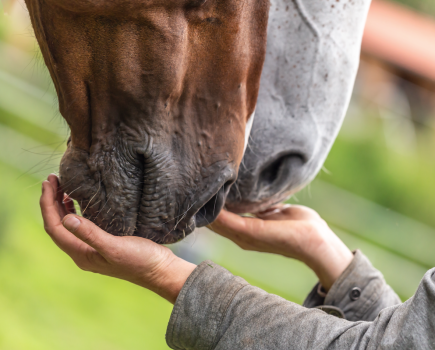Even though the days are shorter, your horse will still enjoy his turnout time, so understand, protect and get the best from your grazing with these winter grass facts
Is frosty grass dangerous?
For a healthy horse, there’s no need to stop him grazing on frosty grass and there’s no evidence it causes colic or other health problems. However, if it’s a sunny day, frosty grass can contain high levels of fructans (soluble carbohydrates produced by photosynthesis) and therefore could be a risk for horses and ponies prone to laminitis.
If frosty weather makes your horse a bit giddy, consider using boots to give him added protection in case he starts charging about or slips. Always check his water and break and remove any ice that’s formed – a ball floating in the trough can help stop this happening.
How can I prevent poaching?
Poached ground is land that’s become muddy and cut up – conditions which increase the likelihood of diseases such as mud fever as well as making turning out and fetching in a messy business. Protect your fields by rotating them when the ground is very wet as hooves (especially shod ones) slice easily into saturated ground and will quickly churn it up.
Land constantly pounded by hooves also suffers reduced natural drainage, leading to surface water and mud, so smaller turnout groups are a good idea. Poo pick regularly so droppings can’t add to the mud.
If your gateway gets really boggy, consider installing proper drainage
or an area of hardstanding.
Should I fertilise my field?
Using fertiliser will help you get the most from your grazing, especially if you use it year-round. Apply fertiliser between April and May, and make sure you factor in a rest period to allow it to be absorbed. If you use farmyard manure you’ll need to leave your field until there’s been enough rain to thoroughly wash it into the land, and for artificial fertilisers you may need to rest the field for up to three weeks. Agricultural merchants are a good source of advice.










